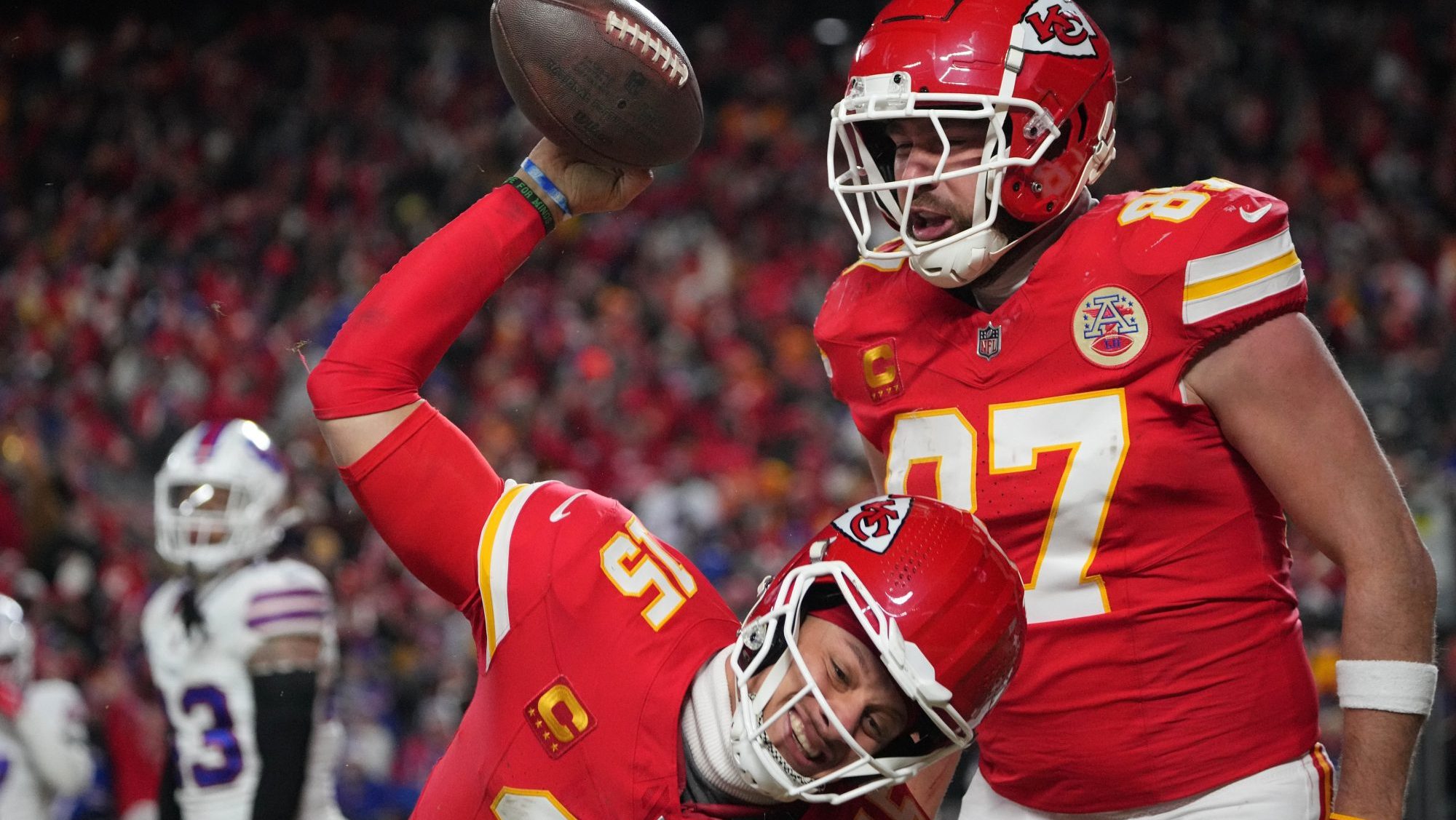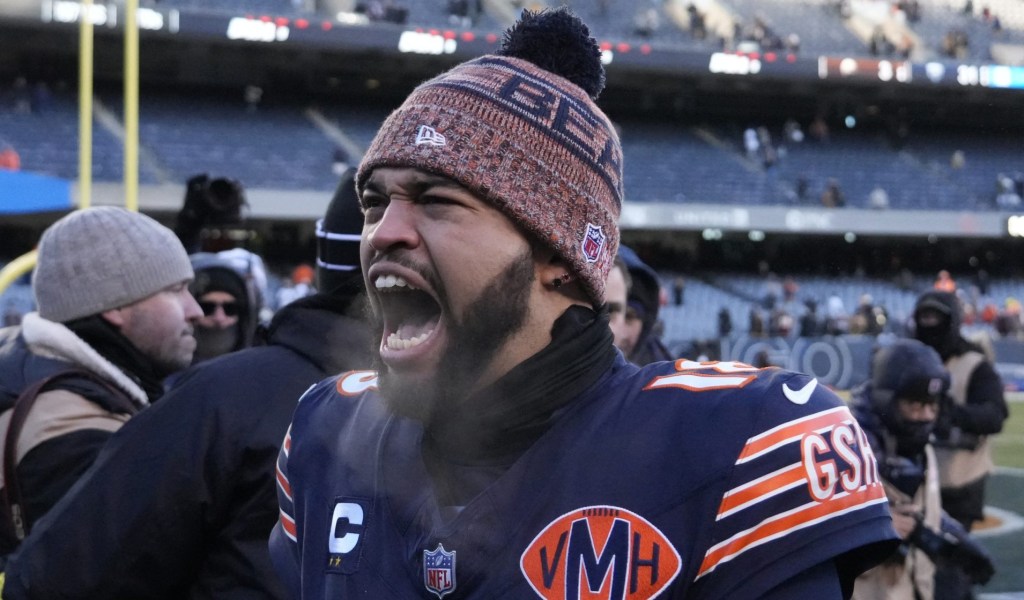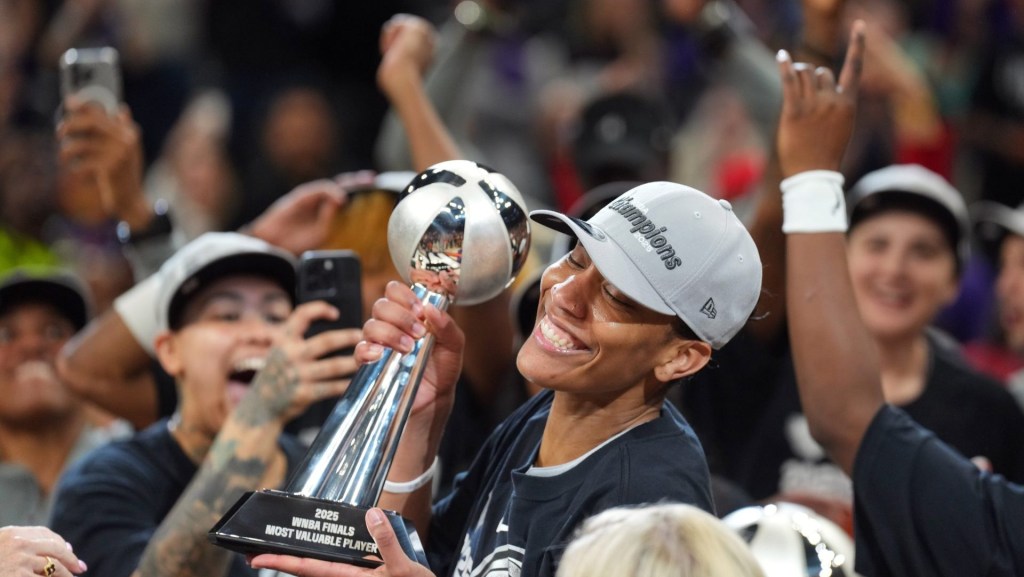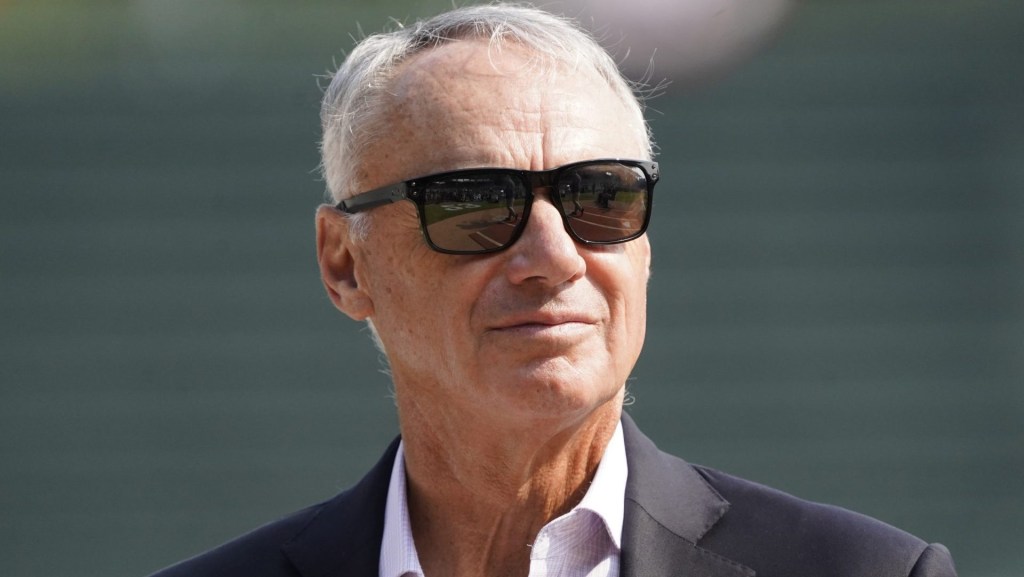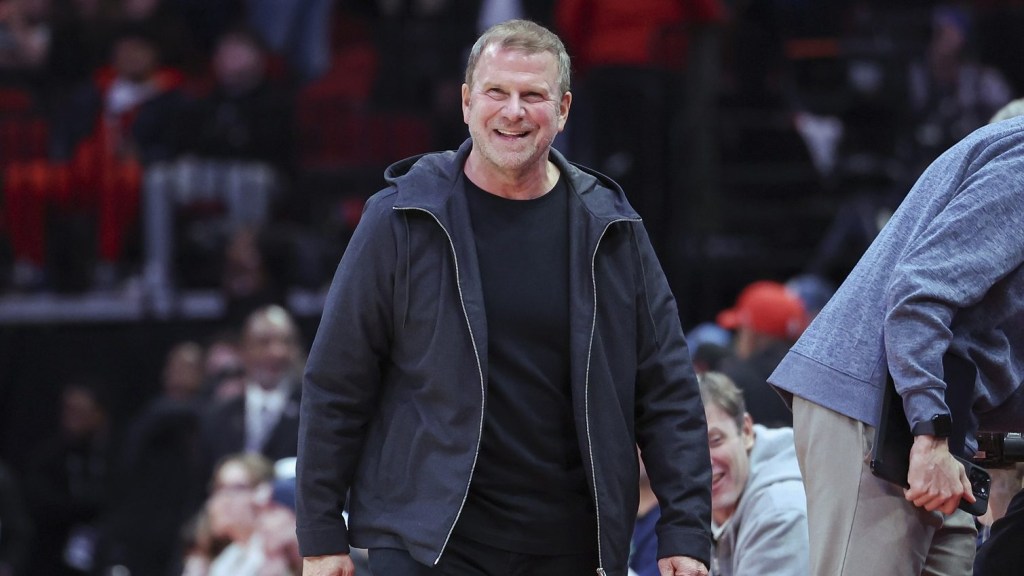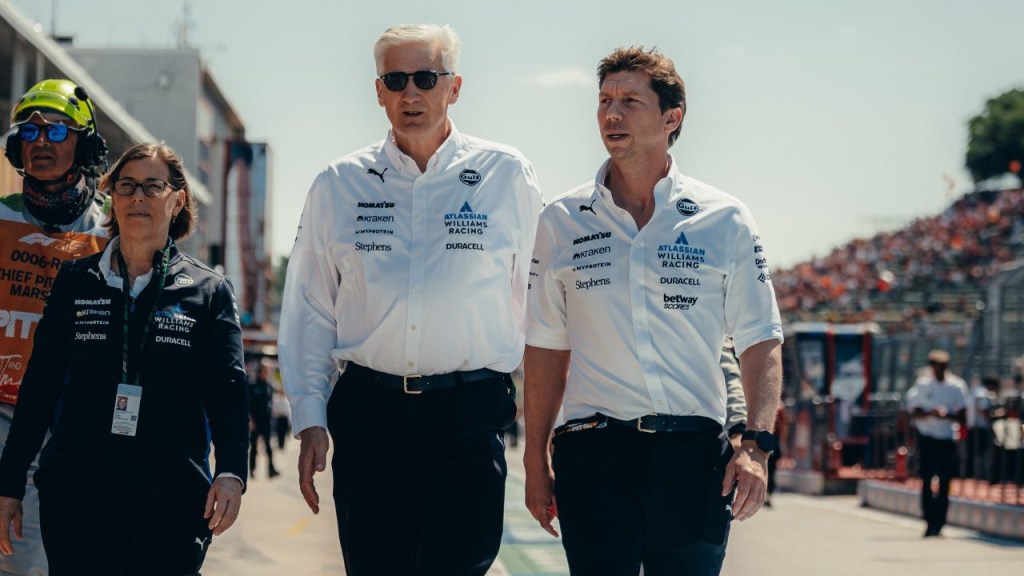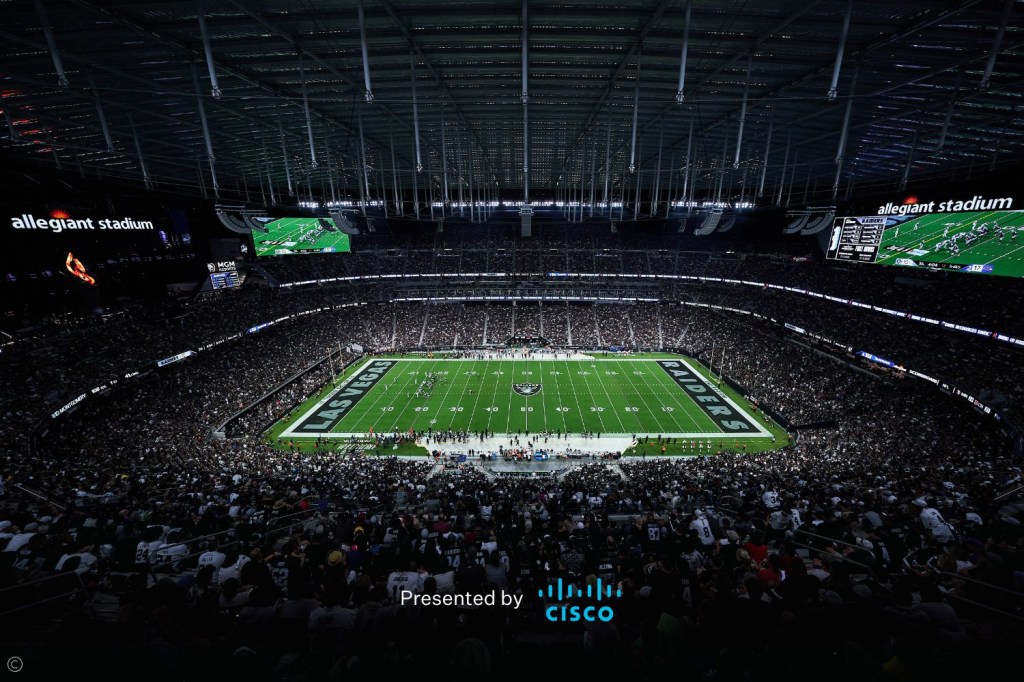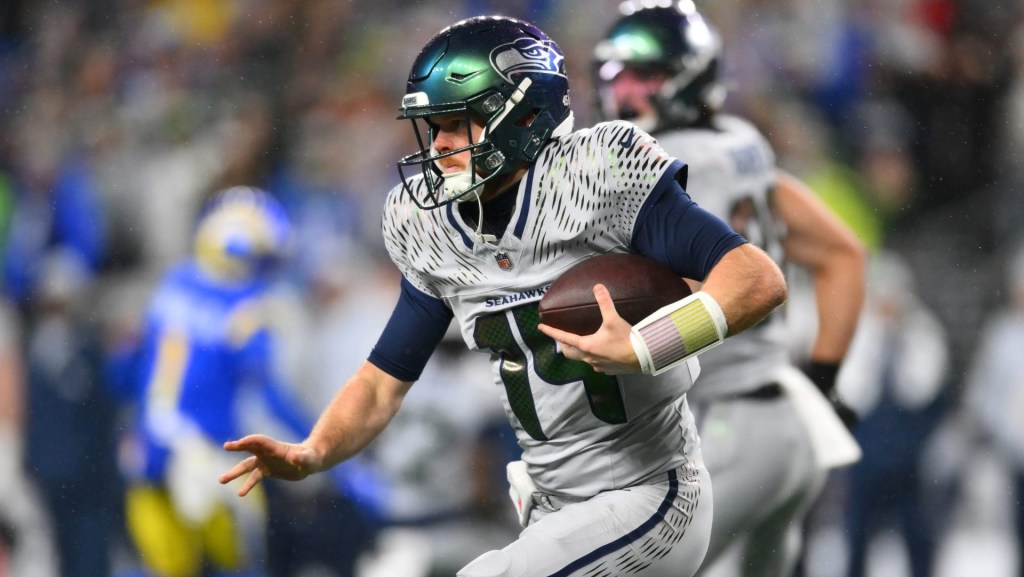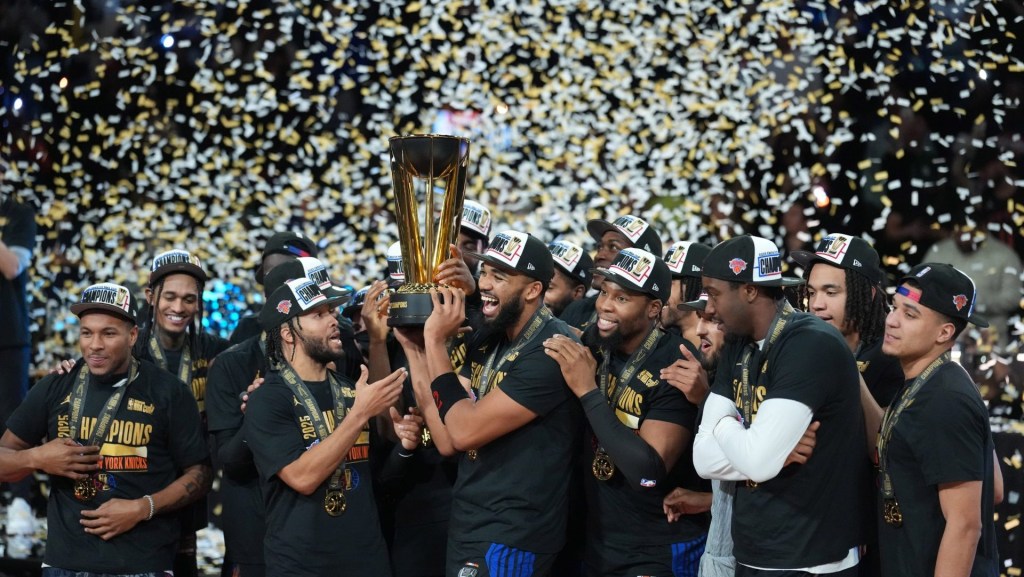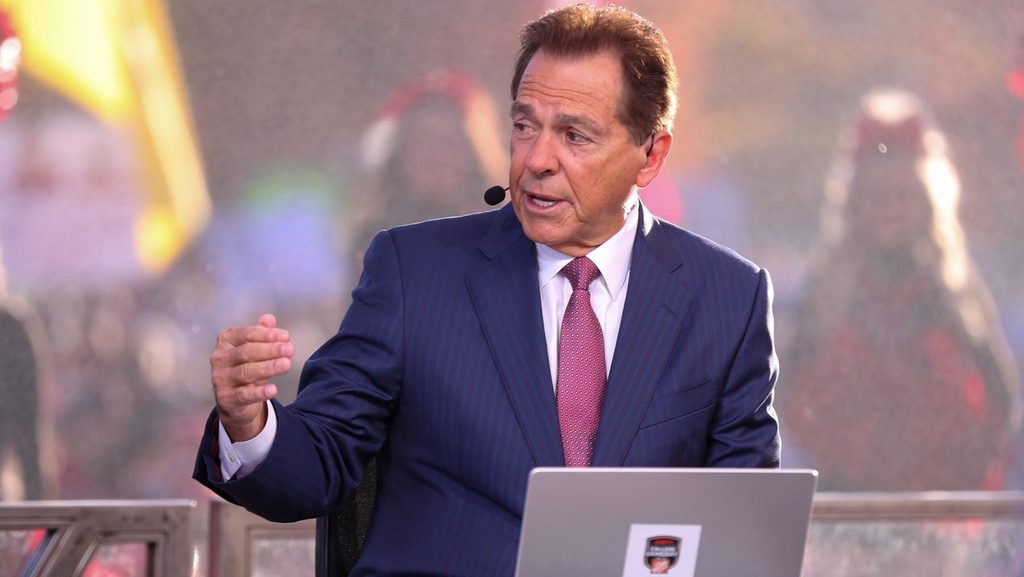The Chiefs are one win away from the NFL’s first threepeat in the Super Bowl era—but a familiar foe is in their way.
Kansas City will play the Eagles in Super Bowl LIX after the Chiefs defeated the Bills, 32–29, on Sunday while Philadelphia crushed the Commanders, 55–23. The two teams last met in the Big Game in 2023, when the Chiefs edged out the Eagles, 38–35.
It’s a fitting battle, as the two best regular season records in the NFL over the last three seasons belong to the Chiefs (40–11) and Eagles (39–12).
Kansas City, which will appear in its fifth Super Bowl in six years, has maintained its dominance by investing in its core four: quarterback Patrick Mahomes, tight end Travis Kelce, defensive tackle Chris Jones, and head coach Andy Reid. Mahomes has the largest contract in the NFL (10 years, $450 million), while the others have the highest average annual value at their respective positions. Coaching salaries are not widely reported, but Reid is believed to have signed a five-year, $100 million deal.
While Philadelphia has also kept several key players over the years, including quarterback Jalen Hurts, general manager Howie Roseman used innovative tricks—such as adding void years to contracts to create a smaller cap hit on the front end—to stack his roster in the offseason. The Eagles signed running back Saquon Barkley and linebacker Zach Baun, both of whom are nominated for Player of the Year at their respective sides of the ball. Barkley has hit every contract incentive and is closing on the all-time single-season rushing record.
Threepeat Viewership Record?
The NFL is chasing its own threepeat: a Super Bowl viewership record for the third year in a row.
Last year’s game between the Chiefs and 49ers drew 123.7 million viewers on CBS, 7% more than the previous year between the Chiefs and Eagles, which averaged 115.1 million on Fox. But last year’s viewership record was pushed up by several factors, including an exciting game that went into overtime and the Super Bowl debut of Taylor Swift.
It’s also important to note that Nielsen only started including nationwide out-of-home viewership numbers in its final tally in 2021, which helps inflate the figures.
Household rating—which measures the percentage of households tuned in to the broadcast—was 43.5 for last year’s game, the highest since 2017, but short of the 2010 to 2017 stretch, the peak of the Tom Brady era, when the Super Bowl consistently rated 45 and above.
